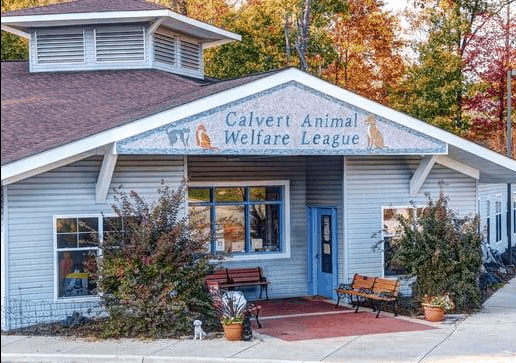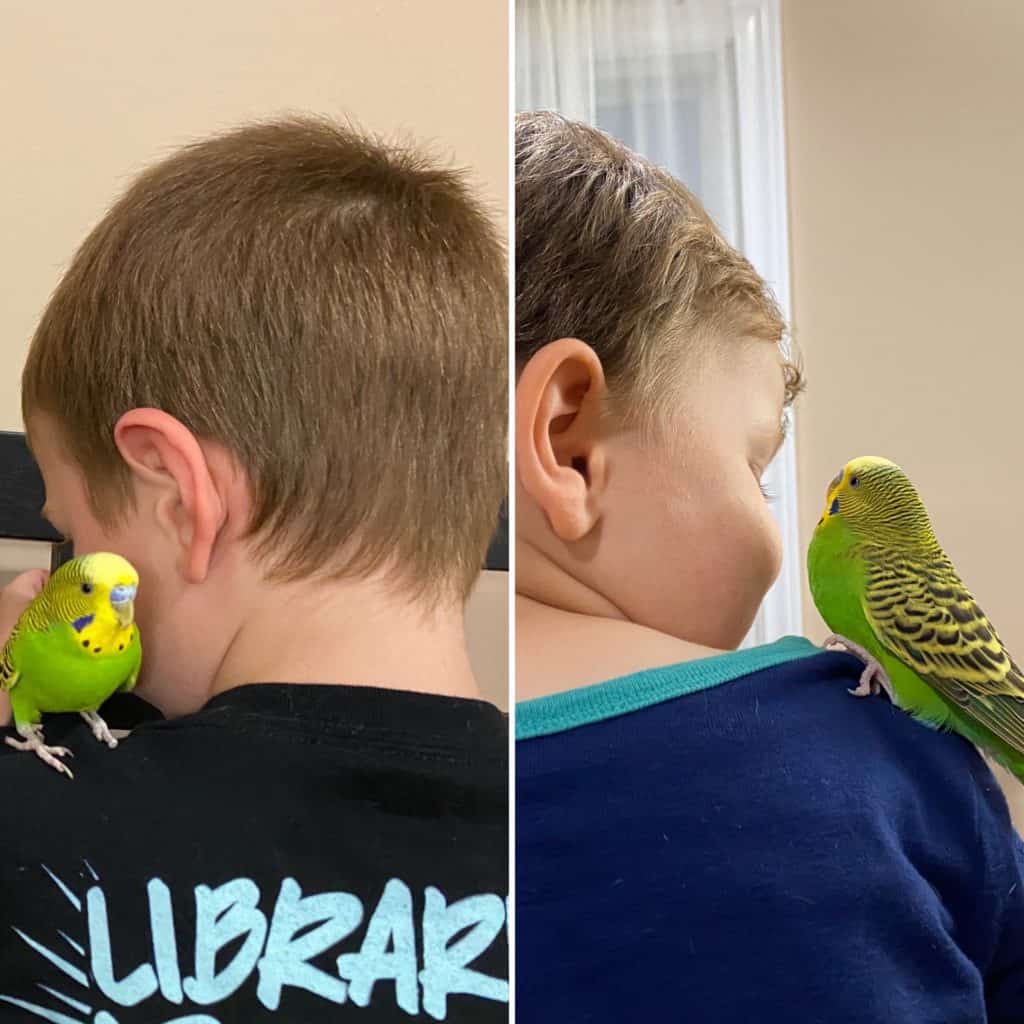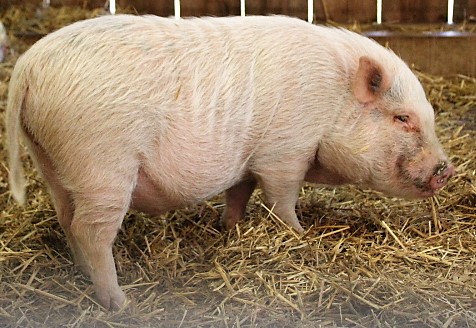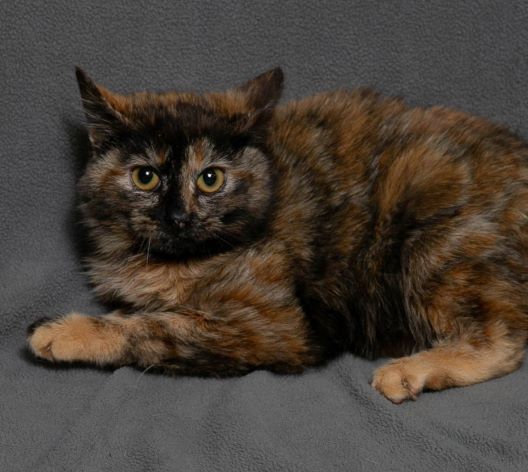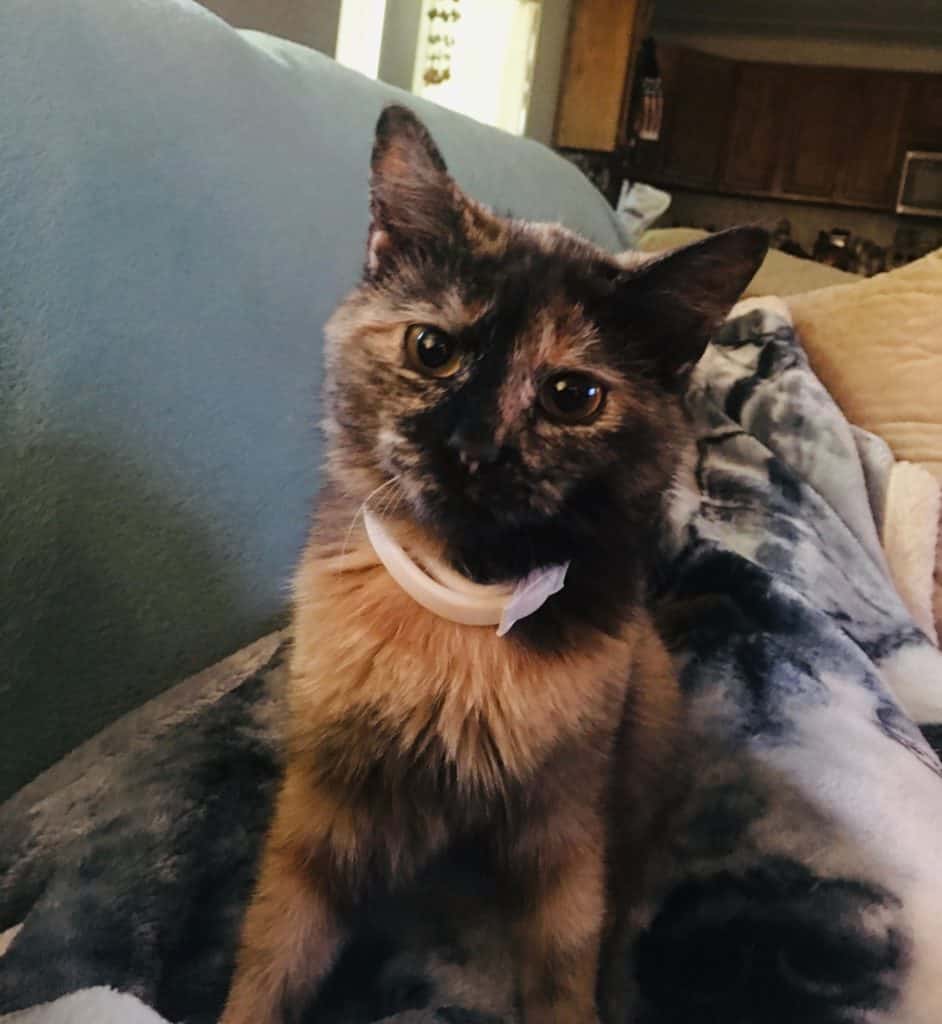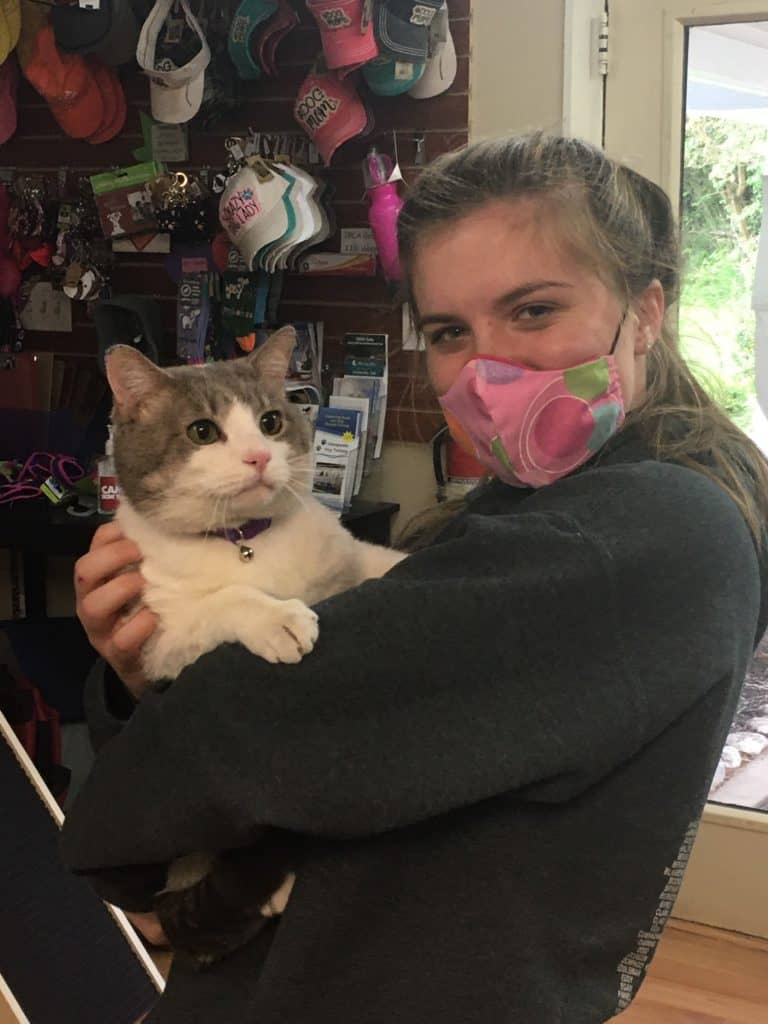Gimme Shelter
Sheltering at Home an Opportunity to Give Shelter Pets Homes
While humans hunkered down under stay-at-home orders and animal shelters scrambled to find ways to care for pets in their charge during the COVID-19 crisis, a silver lining emerged.
The community opened their homes to animals in need—temporarily or permanently. And a barn cat named Karma landed softly.
Barn cats, also known as working cats, come to shelters in need of a home but do not make good indoor pets, either because they strongly prefer life in the great outdoors or do not use a litter box. Most don’t find their way out of a shelter quickly — if at all.
Yet, in the midst of the pandemic, these cats found homes.
“During the month of April, we adopted out 10 working cats,” says Kim Stephens, manager of Tri County Animal Shelter in Hughesville. “In March, we adopted out seven.
Elizabeth Conley of Hollywood opened up her home to Karma.
“I saw her on Facebook and had always wanted a cute tortoiseshell cat,” Conley says. “Plus, my cat Willow needed a friend to help with working off the rodent population and Karma was listed as a working kitty. Working cats easily earn their keep.”
Karma has settled right into her new family.
“It’s going great,” Conley says. “Karma is funny, playful and follows me around like a dog. She likes to chase and play with the cat-friendly dogs”
Adjustments & adoptions
When Anne Arundel County began sheltering at home, all county buildings closed to the public, says Robin Catlett, administrator for Animal Care and Control of Anne Arundel County in Millersville. “We are an essential service, so while the public hasn’t been allowed in our building, we have been keeping animals moving.”
Shelters had to find ways to care for animals under the new parameters with reduced staffing and less help from dedicated volunteers. Animal control had to switch to an appointments-only model.
Potential adopters could view the animals on the shelter’s website or Facebook page and make an appointment to meet a specific animal.
“If a citizen is coming into the building then they will get their temperature taken,” Stephens says. “Most business is handled outside.”
Shelters called on the community to take animals into their homes on a temporary basis as foster pets.
“We saw an increase in people willing to foster an animal for us,” Anne Arundel County’s Catlett says. “The majority of the animals in our care are currently in foster homes. We got tremendous support from the public and more than doubled the size of our foster program.”
Many of those who opened their homes as fosters soon discovered they wanted a more permanent arrangement.
Chesapeake Bay Media’s executive VP Tara Davis has opened her home to multiple fosters over the past few weeks.
“It’s a fun experience that we really enjoy,” says Davis. “It’s not always easy to give them back at the end. We have ‘foster failed’ before, meaning we chose to adopt—once. We have helped place a few of our fosters with friends so it’s cool that we get to keep up with some of them and watch them grow. It’s a lot of work sometimes, and feels like having a newborn in the house again with some of the pups, but the puppy snuggles are the best.”
Catlett herself fostered a new addition, thinking it was just a temporary situation.
“I adopted the parakeet I took home to foster,” Catlett says. “Biddie loves apples and he gets to fly in our house for exercise—when doors are closed, of course.”
Animals with special needs were finally able to find their forever home during this time.
“Some of our longest residents or hard-to-place pets found homes,” says Tri County manager Stephens. “Elvis Pigsley, a pig who had been with us over 100 days, found a home, and Queen, a pit bull who had been at the shelter for more than 75 days was adopted.”
A break for rescue groups
The increase in adoptions and foster homes means rescue groups have not had to take in as many of the animals they usually take to relieve overburdened shelters.
“Many dogs are getting adopted and the shelters don’t need our help as much,” says Barbara Scanlan, canine manager for Calvert Animal Welfare League.
The Prince Frederick-based animal welfare group has taken advantage of that reduced need to complete necessary repairs to their building.
“We were able to schedule needed foundation repairs to our dog kennel area,” Scanlan says.
And newly unburdened shelters can now extend a helping hand to others in need.
“Finding homes for the animals in our shelter allowed us to help another shelter that was completely closed during this pandemic,” Tri County’s Stephens says. “We were able to assist Calvert Animal Shelter by moving some of their animals to our shelter and then placing in forever homes.”
The changes made during this time of crisis will improve the future for these shelters. For example, animal control officers in Anne Arundel each carry a cell phone now, which means reuniting lost animals with their owners faster.
While the animals are the big winners during the pandemic, their caregivers have also been rewarded with a renewed belief in the power of community.
“The community has been incredible in helping our homeless pets,” Tri County’s Stephens says. “My hope is that this will continue even after we get through this crisis.”

